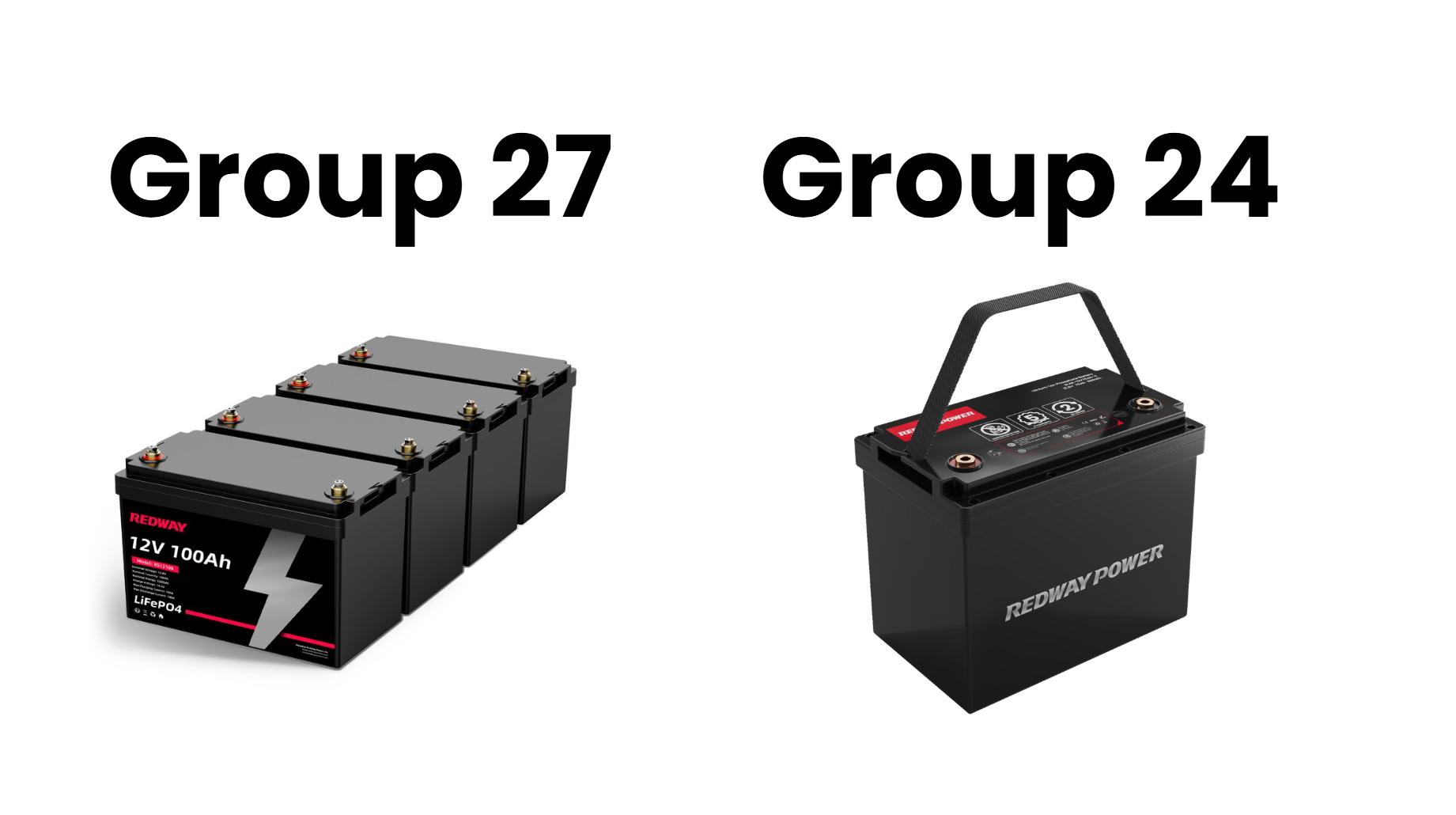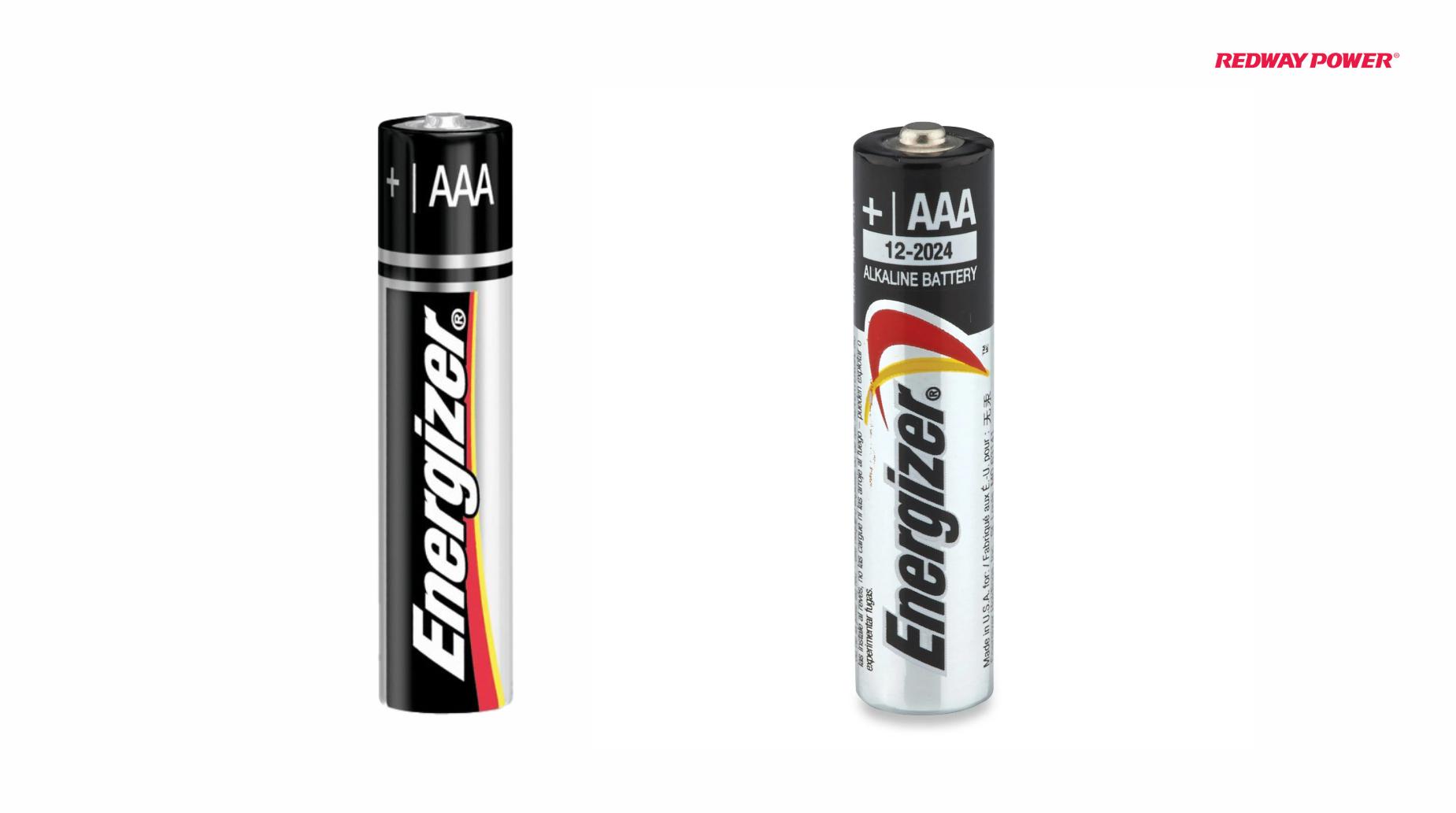The Ultimate Showdown: 21700 vs 18650 Batteries – Which One Wins?
The 21700 battery has a larger size (21mm x 70mm) and higher capacity (up to 5000mAh) compared to the 18650 (18mm x 65mm, max 3600mAh). This results in longer runtimes and better performance in high-drain applications. However, the 18650 remains popular due to its affordability and widespread availability.
In the world of batteries, the debate between 21700 vs 18650 batteries rages on like a digital gladiator match. Whether you’re a tech enthusiast, a vaper, or a flashlight aficionado, choosing the right battery can make or break your experience. But fear not! We’re diving deep into the nuances of these powerhouses to uncover which one reigns supreme in various scenarios. So, buckle up and let’s unravel the mystery of 21700 vs 18650 batteries!
What Are 21700 and 18650 Batteries?
Before we dive into the comparisons, let’s get to know our contenders:
21700 Batteries
21700 batteries are relatively new in the market but have gained popularity for their larger size and increased energy capacity. They measure 21mm in diameter and 70mm in length, hence the name 21700.
18650 Batteries
On the other hand, 18650 batteries have been around longer and are a common choice in many devices. They are 18mm in diameter and 65mm in length, making them slightly smaller than their 21700 counterparts.
Performance Showdown: 21700 vs 18650
Battery Capacity
- 21700: Known for their higher capacity, 21700 batteries can store more energy, providing longer runtimes in devices.
- 18650: While smaller in size, 18650 batteries offer decent capacity but may require more frequent recharges for high-demand applications.
Power Output
- 21700: With their larger size, 21700 batteries can handle higher discharge rates, making them suitable for power-hungry devices like high-performance flashlights and vaping mods.
- 18650: Though smaller, 18650 batteries can still deliver substantial power output but may heat up more quickly under heavy use.
Future Trends: Where Are We Headed?
As technology evolves, the future of batteries like 21700 vs 18650 is shaping up to be an exciting journey. Manufacturers are continually improving energy density and safety features, aiming to meet the demands of modern gadgets and vehicles.
Flashlight Battery Life: Which One Lasts Longer?
When it comes to flashlights, battery life is crucial for outdoor enthusiasts and emergency preparedness. Here’s how 21700 vs 18650 batteries stack up:
- 21700: Due to their larger capacity, 21700 batteries generally provide longer runtimes, ensuring your flashlight stays lit when you need it most.
- 18650: Although smaller, 18650 batteries are efficient and remain a popular choice for compact flashlights, offering good performance in a smaller package.
Size Matters: 18650 vs 21700 Size Comparison
Dimensions
- 21700: Larger in both diameter and length, 21700 batteries may require devices with compatible compartments. Check your device specifications before opting for this size.
- 18650: Compact and widely used, 18650 batteries fit into many devices designed with their dimensions in mind, offering versatility and ease of integration.
FAQs About 21700 vs 18650 Batteries
Q: Which battery is better for vaping mods?
A: For vaping, 21700 batteries are often preferred due to their higher capacity and power output, providing longer sessions between charges.
Q: Are 18650 batteries becoming obsolete?
A: Not at all! 18650 batteries continue to be relevant in many applications, especially where compact size and established compatibility are advantageous.
Q: Can I replace an 18650 with a 21700 battery?
A: It depends on your device. While some gadgets may accommodate both sizes, others are designed specifically for one or the other. Always check manufacturer guidelines.
Conclusion: Making the Right Choice
In the battle of 21700 vs 18650 batteries, there’s no definitive winner; it all boils down to your specific needs. Whether you prioritize capacity, size, or compatibility, both types offer distinct advantages. As technology advances, we can expect both 21700 and 18650 batteries to continue evolving, catering to diverse consumer demands. So, whether you’re gearing up for a camping trip or enhancing your vaping experience, choose wisely and let your power needs guide your decision!
The debate between 21700 vs 18650 batteries centers on size, capacity, and performance. While 18650 vs 21700 batteries have powered electronics for years, the 21700 battery vs 18650 discussion shows 21700 models offer higher energy density. Users comparing 21700 vs 18650 battery options often prefer the longer runtime of 21700.
However, 18650 vs 21700 battery choices still depend on device compatibility and usage needs. The 18650 vs 21700 battery debate highlights trade-offs in portability versus power. For both formats, Redway Battery, China LiFePO4 Battery Wholesale Supplier, delivers high-quality, safe lithium battery solutions trusted across industries.


